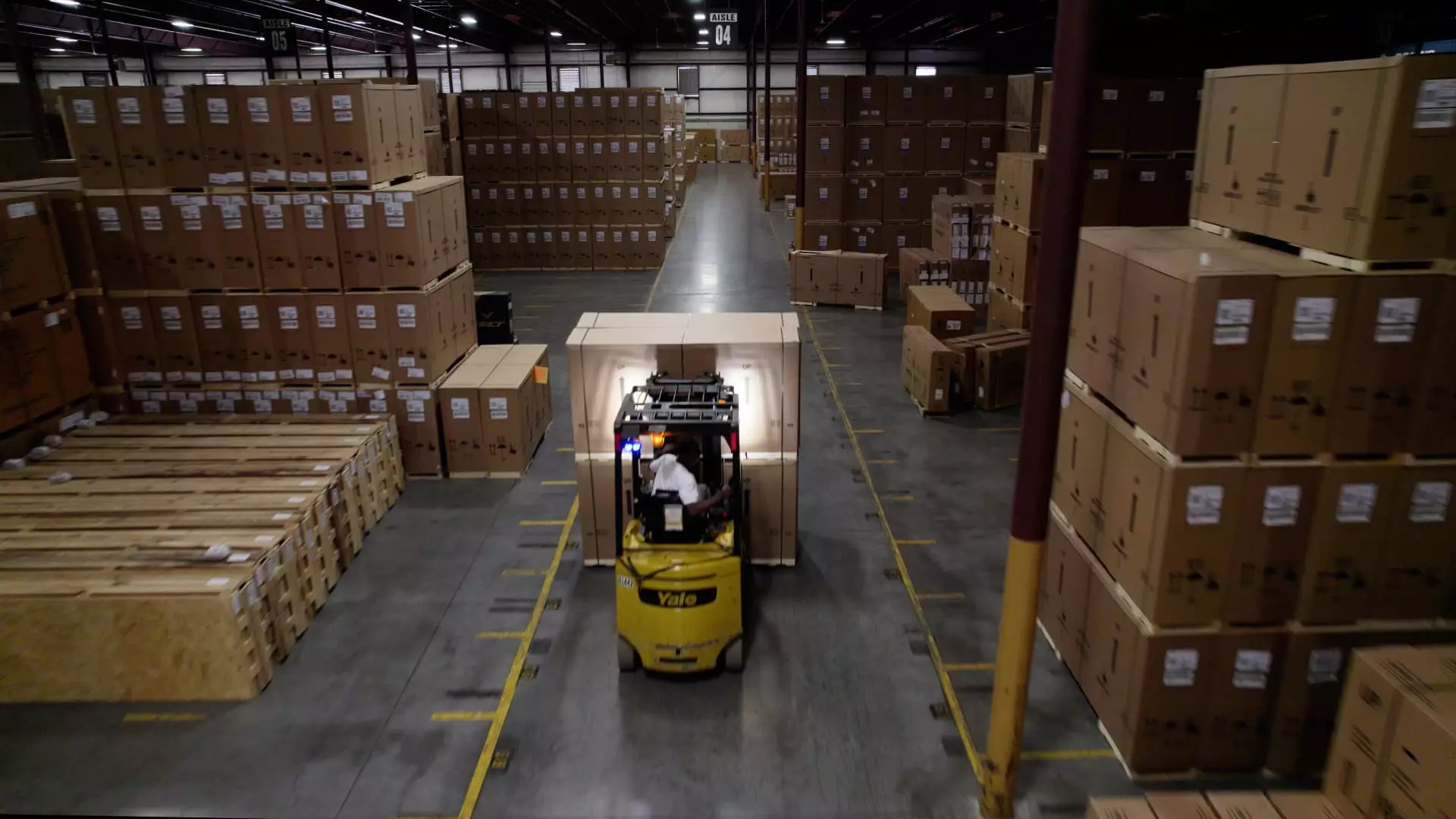In an era marked by unpredictable tariffs and geopolitical instability, companies are increasingly turning to lesser-known but powerful tools—U.S. Customs-sanctioned trade zones and bonded warehouses. These facilities, rooted in a history of economic resilience, are not merely logistical assets but strategic shields that allow firms to navigate and even capitalize on a turbulent international trade environment. Their true value lies in the ability to manipulate the timing and cost of tariffs, offering a form of economic flexibility that is crucial for maintaining competitiveness and financial health.
Historically, trade zones emerged during the Great Depression as a means to rejuvenate sluggish economies and encourage export-driven growth. Today, they serve as modern countermeasures to the uncertainties of the global trade landscape, especially amid rising tensions and tariff hikes initiated by political shifts and trade disputes. By leveraging these zones, companies can park their raw materials and components duty-free, deferring the payment of tariffs until the goods re-enter the U.S. market. This delay acts as a financial buffer, helping firms conserve vital cash flow in unpredictable conditions—a necessity for survival in an increasingly volatile economic climate.
The strategic significance of these zones becomes even more apparent when examining their operational flexibility. Unlike traditional import methods, products stored within a trade zone or bonded warehouse can be altered, assembled, or reconfigured without immediate duties. The duties are only levied when the products exit the zone for sale or domestic use. This mechanism doesn’t just delay payments; it actively influences the bottom line, allowing companies to better manage costs and respond swiftly to shifting market demands. For firms operating within this framework, especially those with complex supply chains, the ability to store products indefinitely—up to five years in bonded warehouses—is invaluable, providing a long-term hedge against market disruptions.
The Power Shift: From Duty Avoidance to Market Timing
The recent global and political climate has shifted the advantages and strategies surrounding trade zones. Under the previous regime, programs like the inverted tariff offered remarkable savings for manufacturers. This policy allowed firms to pay lower duty rates on finished goods than on individual components, effectively incentivizing domestic assembly and manufacturing. Giants like Ford, General Electric, and Intel benefited enormously from this setup, which fostered local production while avoiding steep tariffs on imported parts.
However, recent presidential executive orders have curtailed these benefits, rendering companies such as Pfizer and Regent Tek Industries more vulnerable to tariffs. Pfizer’s COVID vaccine production, for instance, depended heavily on duty-free zones that allowed rapid, cost-effective manufacturing. With the policy changes, companies are now confronting increased costs that threaten their margins and operational models. Regent Tek’s struggle exemplifies this shift—facing a 7% hike in costs due to the loss of inverted tariff benefits, their business model is under pressure, highlighting the precarious nature of dependence on these policy-driven advantages.
Faced with rising tariffs and uncertain future rates, many companies are switching their focus from tariff avoidance to market timing—leveraging bonded warehouses to store goods and wait for favorable market conditions. This shift underscores a central strategic principle: cash preservation. By importing goods in a duty-bubble, firms keep their financial resources liquid and agile, ready to adapt when the tariffs cool down or fluctuate. The ability to release goods when tariffs are lower provides a critical strategic flexibility that bolsters resilience in unpredictable times.
The move to bonded warehouses underscores an essential reality—companies are no longer just seeking to evade tariffs but are actively managing their supply chains to align costs with market realities. As the global trade environment continues to morph under political pressures, this adaptive strategy becomes a defining feature of modern trade management. Furthermore, it reflects a center-ground approach to liberalism—balancing the need for open markets with structural safeguards that ensure economic stability and fairness.
Trade zones are far more than sterile logistical hubs—they are manifestations of strategic economic thinking necessary in today’s climate. They embody the principle that flexibility and foresight can safeguard businesses’ futures, even amid the chaos of international politics and tariffs. As the landscape continues to evolve, companies embracing these zones demonstrate a nuanced understanding of economic resilience—one that centers on strategic patience, adaptability, and an unwavering focus on maintaining financial stability in uncertain times.


Leave a Reply